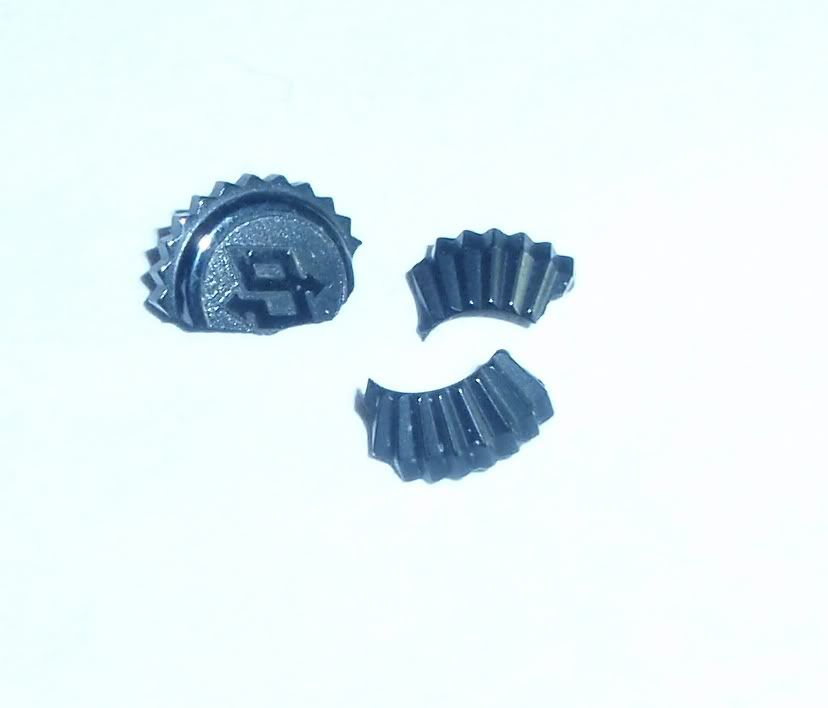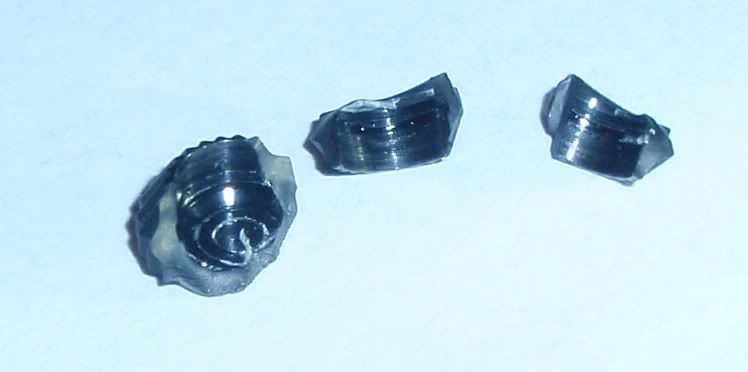- 28/10/12
- 86
- 0
- 0
Hello everybody,
I fell in love with recently shown Pam Composite models (mainly fantasy watches as 375 and 386).
So i made small research over the internet and as Panerai states it is made by chemical metalurgy process on base material wich is aluminium, I can not stop thinking about trying to find how is it done.
As they stated it is well known process used in aerospace and automotive. I´m not metalurgy expert, but i have graduated on technical university, and imho It is simply anodized aluminium with nanocomposite layer. (and maybe dyed in final step, according to some un-official informations, because of green color after finishing "ceramization").
Yes they call it "ceramization" but this process is also known as nanocomposite anodized aluminium coating, or simply cermat. If you try to google theese terms, you will find many interested articles...
I have also found some companies (US Based) wich can offer nanocomposite aluminium coating.
I know we will probably never have exact copy of this composite, because of many factors involved into process (such as temperature, DC voltage while anodizing, times and chemicals etc..) but i still wonder if there is possibility to try to replicate similar process.
Anodization of aluminium is very simple process, you can even make it at home (as you can find on youtube), but main questin is how are they depositing ceramic layer. I have found few articles about this topic, and it seems there are two ways. First is chemical additives in anodizing bath (wich seems to be right one, because they say its chemical process) or well known PVD (deponing from solid state).
(as you can find on youtube), but main questin is how are they depositing ceramic layer. I have found few articles about this topic, and it seems there are two ways. First is chemical additives in anodizing bath (wich seems to be right one, because they say its chemical process) or well known PVD (deponing from solid state).
I know its simply not possible to exactly replicate this process, but imagine that you can have Al case with nanocomposite ceramic layer dyed into dark brown color...
What you think guys?
I fell in love with recently shown Pam Composite models (mainly fantasy watches as 375 and 386).
So i made small research over the internet and as Panerai states it is made by chemical metalurgy process on base material wich is aluminium, I can not stop thinking about trying to find how is it done.
As they stated it is well known process used in aerospace and automotive. I´m not metalurgy expert, but i have graduated on technical university, and imho It is simply anodized aluminium with nanocomposite layer. (and maybe dyed in final step, according to some un-official informations, because of green color after finishing "ceramization").
Yes they call it "ceramization" but this process is also known as nanocomposite anodized aluminium coating, or simply cermat. If you try to google theese terms, you will find many interested articles...
I have also found some companies (US Based) wich can offer nanocomposite aluminium coating.
I know we will probably never have exact copy of this composite, because of many factors involved into process (such as temperature, DC voltage while anodizing, times and chemicals etc..) but i still wonder if there is possibility to try to replicate similar process.
Anodization of aluminium is very simple process, you can even make it at home
I know its simply not possible to exactly replicate this process, but imagine that you can have Al case with nanocomposite ceramic layer dyed into dark brown color...
What you think guys?


